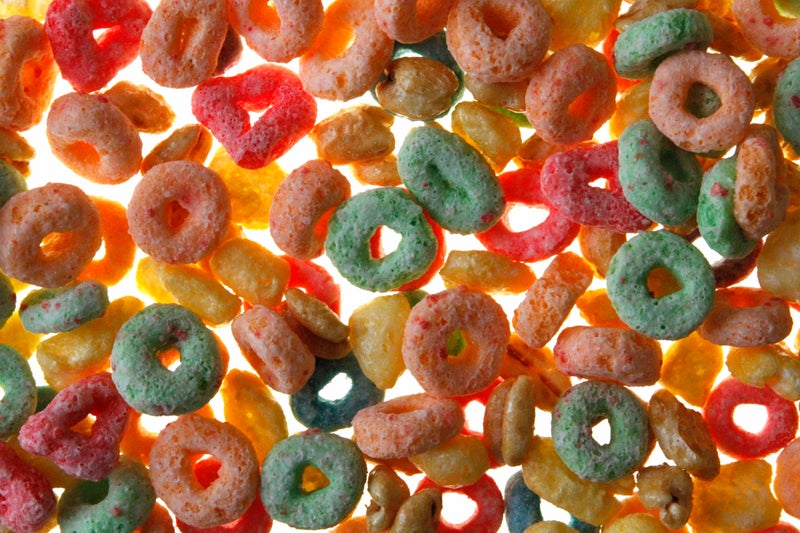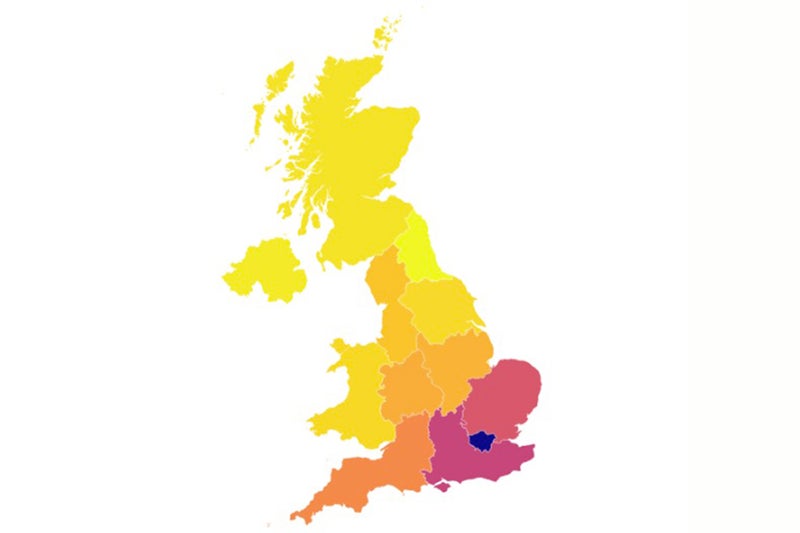“Artificial colors are not the main cause of ADHD, but they may contribute significantly to some cases,” said Dr. L. Eugene Arnold, an emeritus psychiatry professor at Ohio State University who studied dyes and their effect on behavior and now advises CHADD, a support group for people with ADHD.
The U.S. Food and Drug Administration banned the dye known as Red 3 from the nation’s food supply in January, setting deadlines for stripping the brightly hued additive from candies and cough syrup, baked goods and frozen treats.
They’re widely used in foods to “enhance the visual appeal” of products, according to Sensient Food Colors, a St. Louis-based supplier of food colors and flavorings.
Last year, California became the first state to ban six artificial food dyes from food served in public schools.
Natural dyes may be less stable than synthetic dyes and may be affected by factors including heat and acid levels.































